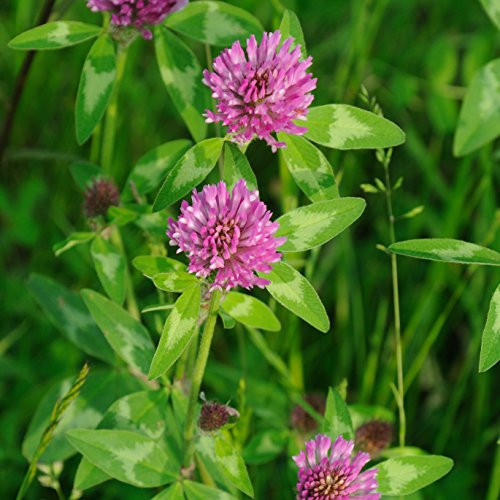This is a branded, inoculated, Nitro-Coated clover seed sold by Outsidepride. Please ensure your clover seed comes from Outsidepride or you are not buying Outsidepride seed. Nitro-Coat rhizobium strains are specifically chosen for each seed type. A key to any successful establishment and early seed development is moisture. NITRO-COAT is naturally water absorbent and helps attract soil moisture to the seed, getting your stand established quickly. This coating process which Outsidepride utilizes, assures that only the top-performing and crop-specific rhizobia will be applied to ensure your clovers reach maximum nodulation, stand establishment, and yield potential. The weight of the clover seeds will contain approximately 34% coating material that contains the inoculant and water holding material for better establishment and viability of the seed. There is no difference in the seeding rates between the coated and raw seed due to the increased germination and viability of the bulk clover seeds that are coated and inoculated. Red Clover, or Trifolium pratense, is considered to be the most popular and widely grown clover. It tolerates a wide range of climates and soil conditions; however, it does best where it can receive rainfall or irrigation during the growing season. It is grown over much of the temperate areas of the United States. In the southern United States, Red Clover is used as a winter annual. It is often used in a crop rotation program because it is easy to establish and it fixates nitrogen into the soil. It can be planted alone or in mixtures of grass for hay and silage. Red Clover is recognized by the rose-pink oval flower heads. It is extremely attractive to insects and bumble bees are the main pollinator. Plant Red Clover in late winter or early spring when rains can help the seed to germinate and establish well.
Outsidepride Red Clover Seed: Nitro-Coated, Inoculated - 2 LBS
Was:
$85.88
Now:
$42.94
- SKU:
- HZ203095
- UPC:
- 678482332454
- Condition:
- New
- Availability:
- Free Shipping from the USA. Estimated 2-4 days delivery.







